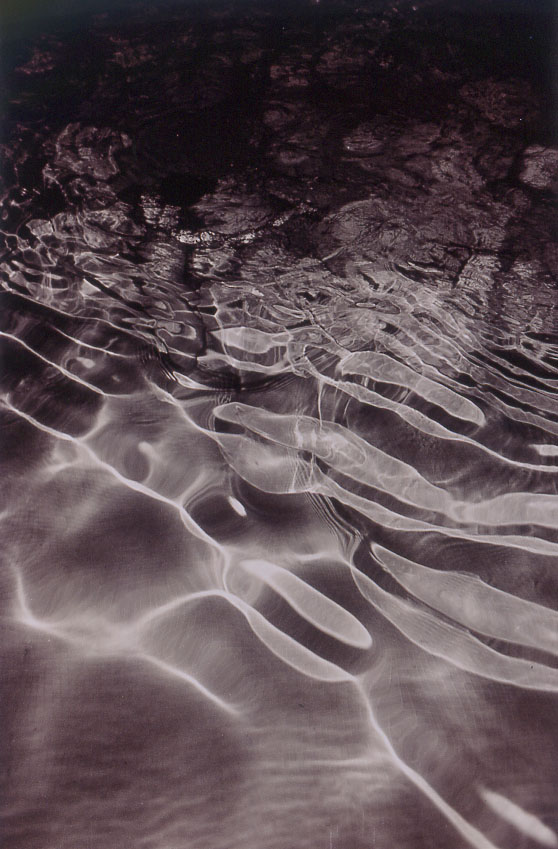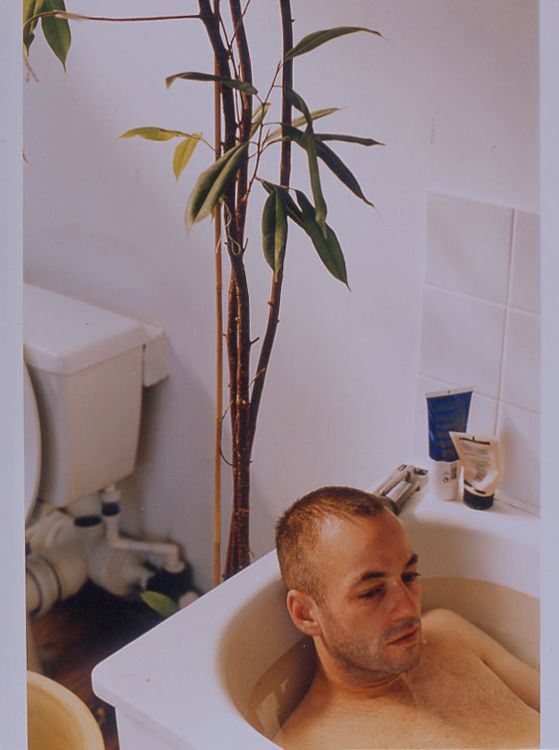Wolfgang Tillmans
As Wolfgang Tillmans himself has observed, his photographs express a total acceptance of life. The artist’s lens is voracious and relays everyday life, dwelling on ordinary objects, friends, casually encountered people, cityscapes and other apparently banal details. In the early 1990s, Tillmans was able to interpret the youth culture of the day, proposing new sorts of visual approaches. Beyond documentation, Tillmans’s photographs, as a whole, evoke an existential dimension that contains a promise of freedom and suggests utopia. The artist also investigates the infinite potential of photographic technique, creating abstract works that are produced by intervening in the image during the printing process.
The works in the collection of the Castello di Rivoli, selected and installed by the artist specifically for the museum, belong to different periods and series and are intentionally dissimilar in scale and technical rendering. Next to framed color prints, Tillmans inserts an ink-jet print, hung on the wall with a paper clip. The artist maintains that the transitory nature of ink-jet prints is an integral part of his language. He attributes great importance to the choice of possible photographic supports and always personally oversees the printing of his works.
For Tillmans, each new installation is an occasion to recontextualize his images, and he continually mixes new works with previously published ones. His intention is to move beyond the traditional uniformity of photography, instead presenting a situation that can offer an affecting experience. “I see my installations,” Tillmans says, “as a reflection of the way I see, the way I perceive or want to perceive my environment.” In this sense he presents a view of the world as a continuous horizon of events, within which everything happens simultaneously. Concorde L449-13, 1997 (not reproduced), features the image of the eponymous airplane model, emblem of the glamor of a bygone era, to which Tillmans has dedicated an entire book. On the same wall, the artist arranges, among other of his images, Jochen taking a bath, 1997, the photograph of a friend in the intimacy of his own bathtub. Next to it is Strings of Life, 1999 (not reproduced), one of Tillmans’s abstract photographs, defined by pure chromatic and formal values, and created through the direct contact of light with photo-sensitive paper. Moby (lying), 1993 (not reproduced), shows the well-known songwriter languidly stretched out on a flowered quilt. Some of the artist’s still lifes are also part of the installation, among them socks on radiator, 1998. Printed in large format, this image conveys the immediacy of a casual gesture of arranging articles of clothing. Still saturated with life, the clothes take on the appearance of classically composed drapery.
[MB]




